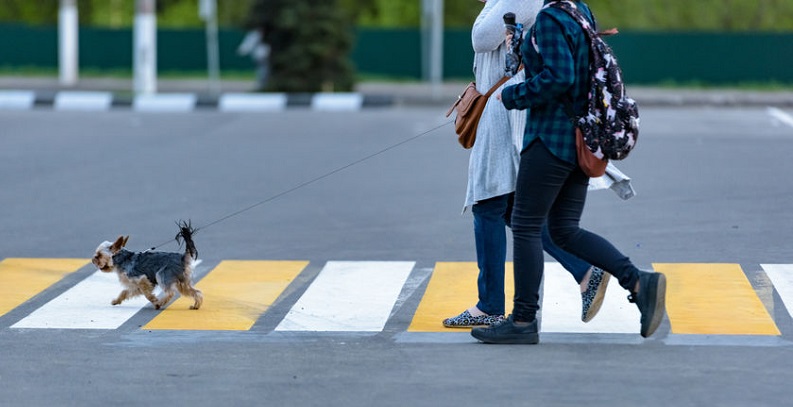In 2016, nearly 6000 pedestrians were killed in accidents, 16 percent of all of those killed in accidents that year, the highest percentage of deaths over the past 10 years.
Discover how ITS technology can be used to improve traffic congestion and prevent pedestrian accidents.
Traffic cameras, along with speed traps, are the current default in roadway monitoring technology. They are placed at intersections, stoplights, and other roads and streets to prevent auto and pedestrian accidents by reducing speeds and preventing turns and entries into oncoming traffic. But not all traffic technology is meant to “catch” you doing something wrong. Some parts of the United State are utilizing technology in a different way, in an effort to collect and analyze traffic patterns, using that to put further safety measures into place.
Portland Leading the Way With Sensor Tech
Last month, it was reported that Portland, Oregon was in the process of installing a network of sensors, about 200 of them, along some of the city’s most congested and dangerous streets. According to those involved in the project, the city identified 30 streets where more than half of the city’s traffic fatalities occurred, and they are placing sensors along those roads as a means of monitoring traffic and pedestrian flow. At the end of one year, Portland officials will review all the data, allowing them to make more targeted road policy and safety decisions moving forward.
Federal authorities note the sensor technology, –referred to as intelligent transportation systems (ITS), stems from the heavily congested roadways challenging current infrastructure nationwide. When ITS is fully implemented, the sensors can detect vehicle and pedestrian movement and provide accident incidents and real-time traffic adaptive signal control, among many other things. For instance, does the city need to rethink the placement of crosswalks or other pedestrian safety features? All the data collected will lead authorities to that answer.
Cities across the U.S. have seen an increase in pedestrian deaths and injuries due to traffic congestion.
Even in small cities, traffic congestion remains a serious hazard, especially for pedestrians or those on bikes. The Governor’s Highway Safety Association released its preliminary findings from 2016, and as noted in its report, pedestrian fatalities have grown faster than any other traffic death. In 2016, nearly 6000 pedestrians were killed in accidents, 16 percent of all of those killed in accidents that year, the highest percentage of deaths over the past 10 years. Colorado is not immune to this problem. Statistics from the Colorado Department of Transportation noted that 93 pedestrians were killed in 2017, an 11 percent increase from 2016. One city, Colorado Springs, has already seen six pedestrian deaths this year, just one death short of its 2017 number.
Pedestrians aren’t the only ones at risk; bicyclists are dying or being injured at higher rates as well. In 2016, 840 cyclists were killed, which accounted for 2.2 percent of all fatalities that year, and the highest number of bicycle accident fatalities over the past 10 years. Colorado has also seen its share of cyclists killed, 16 riders in 2016 alone.
Officials across the country are hoping the addition of street sensors will help them better understand why so many accidents are occurring and what can be done to reduce deaths and injuries. It will be interesting to see how those cities use the data collected and if this technology could be the ultimate solution to making our streets safer for those driving, walking, or biking.

